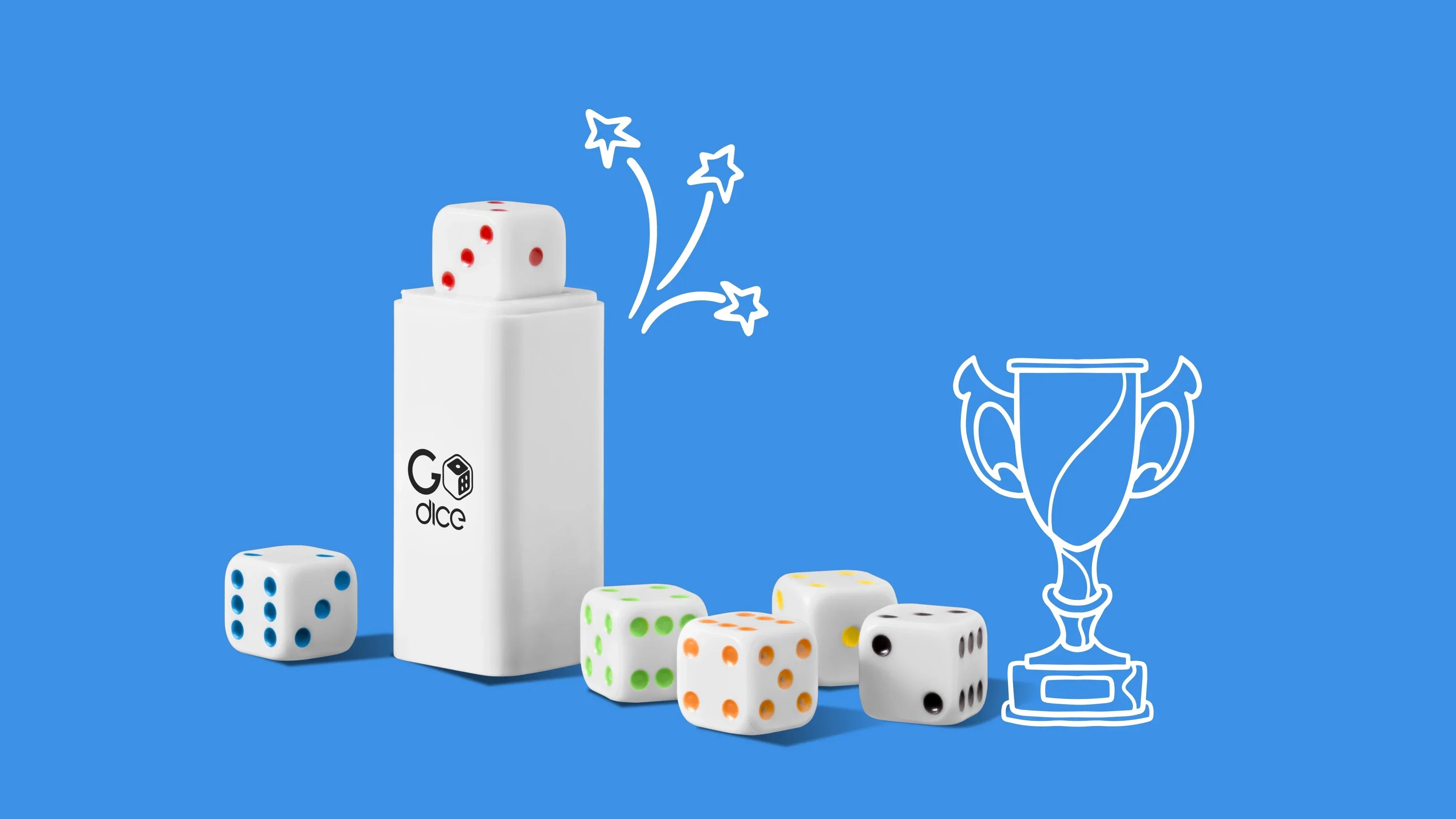There’s something endlessly fascinating about chess. Every piece has its own purpose, and every square has its own potential. And yet, for all its complexity, victory often comes down to a handful of smart, well-timed moves. For many players—from casual hobbyists to competitive enthusiasts—the difference between winning and losing lies not in how many openings you know, but how deeply you understand them. The question remains the same: what are the main chess moves to win?
In this article, we will understand all the strategies and specific moves that can tip the balance of any game. Whether you’re a new player looking to build your confidence or an experienced one trying to tighten your tactics, these insights will sharpen your thinking and help you see the board in a whole new way.
Table of Contents
- 1. Opening Moves That Set You Up to Win
- 2. Midgame Mastery: Where Games Are Won or Lost
- 3. Endgame Moves That Win Games
- 4. Tactical Weapons That Change the Game
- 5. Mental Game: Strategy Over Emotion
- 6. Advanced Chess Moves to Win
- Tools That Help You Train Smarter
1. Opening Moves That Set You Up to Win

The opening isn't just about getting your pieces out—it’s the handshake, the first step onto the dance floor, the moment you set the rhythm for the entire game. Think of it as your blueprint. Done right, it gives you control, coordination, and confidence. Done wrong, and you're spending the rest of the game scrambling to recover, like showing up late to a party where everyone’s already paired off and dancing.
Open strong or get steamrolled.
A good opening grabs central space, develops your pieces quickly, and gets your king safe with castling. It sets the tone for your middlegame—whether you're going full chaos or slow-burn strategy.
The Italian Game (1.e4 e5 2.Nf3 Nc6 3.Bc4):
- Classic, clean, and still deadly.
- Targets Black’s weak f7 square early.
- Smooth development + quick castling = pressure from the jump.
- Elegant and aggressive, without going full wild.
The Queen’s Gambit (1.d4 d5 2.c4):
- Yep, the one from The Queen’s Gambit.
- Sacrifices a pawn to seize control of the center.
- Subtle, strategic, and slightly sneaky.
- A favorite of world champs for good reason.
But here’s the thing: just memorizing the chess moves to win won’t cut it. What separates good players from great ones is understanding the why behind those moves. Why do most openings emphasize developing knights before bishops? Why is controlling the center so important? Why is castling early usually safer than keeping your king in the middle of the board?
And let’s not forget—openings can reflect your personality. Are you a bold attacker? Maybe you’ll love the King's Gambit or the Vienna Game. Prefer slow, positional pressure? The London System or Caro-Kann might be your jam. There's something deeply satisfying about finding an opening that fits your style like a well-worn glove.
So the next time you sit down at the board, don’t treat the opening like just a prelude. See it as your chance to set the tone and seize the momentum. Whether you're playing online on Lichess or Chess.com, or on a sleek GoChess board lighting up your next move, the opening is where your chess story begins—make it count.
2. Midgame Mastery: Where Games Are Won or Lost

Once the pieces are developed and kings are cast, the game enters its most explosive phase: the midgame. This is where your preparation meets improvisation and where each move can either build momentum or lose control. While the opening gets you into the game, the midgame decides what you do with that foundation.
The midgame is complex because the position is usually fluid. You might have multiple options that look playable, but only one truly moves you toward a winning position. This is the stage where threats, counter-threats, sacrifices, and deep combinations come into play.
Let’s break down the core concepts that define strong midgame play:
- Piece Activity: It’s not enough for your pieces to exist—they need to exert pressure. Are your knights central and jumping into enemy territory? Are your rooks connected and open-file hungry? Passive pieces are a silent invitation to your opponent to take over the board.
- King Safety: You may have castled, but that doesn’t grant immunity. Did you leave a file half-open near your king? Did you weaken your pawn shield? In many midgames, the strongest attack reveals a hidden weakness around your opponent’s king and capitalizes on it quickly, which is simply the king safety.
- Pawn Structure: Pawns form the skeleton of your position. A poorly placed pawn can trap your own bishop. A doubled pawn can become an easy target. But a strong, centralized pawn duo can cut the board in half and dominate the game. Understanding when to push, capture, or hold your pawns defines the quality of your play.
Midgame tactics are often the spark that turns a solid plan into a win. Consider a few game-changing tools:
- A knight fork that strikes a king and queen in one hop
- A bishop pin that neutralizes your opponent’s most valuable piece
- A discovered check that leads to a surprise capture
But tactics alone aren’t enough. The best midgame players blend these tactical bursts with strategic vision. You might prepare a fork by luring a piece into position two moves earlier. You might lock down the center so your rook has total control of a key file. This type of thinking turns the midgame into a creative playground.
Another important midgame idea is transitioning into a favorable endgame. Strong players know how to simplify when ahead—trading queens and pieces to enter a winnable pawn endgame. But if behind, they avoid trades and seek complexity to create chances.
Here are some practical midgame goals to pursue in your own games:
- Seize open files with your rooks and double them up for pressure.
- Infiltrate with knights into the sixth or seventh rank—often called outposts—where they become real threats.
- Target weak pawns with your queen and minor pieces. Even one backward pawn can create a long-term strategic edge.
- Control key diagonals with your bishops, especially if the center is open.
- Push your advantage with tempo—force your opponent into passive moves while you improve your position.
Most importantly, use the midgame to read your opponent. Are they on the defensive? Are they itching to sacrifice? Are they bluffing pressure on one side of the board? Pay attention. The midgame isn’t just about your plan, it’s about outsmarting theirs.
By the time you reach the endgame, your midgame decisions will have either cleared the path or built the wall. It’s the battlefield where vision, control, and creativity matter most—and the place where chess becomes a beautiful, brutal art.
3. Endgame Moves That Win Games

The endgame isn't just the final phase of the game—it's the moment where your foundational knowledge and cool-headedness are tested most. Here's where true chess maturity begins to show. And yet, it's the most commonly neglected area of study for casual players. Learning to master the endgame isn't just about technical know-how; it's about developing focus, patience, and the ability to think several steps ahead when there's no margin for error.
Some of the most common and crucial endgame scenarios include:
-
King and Pawn vs. King
This is a fundamental position that teaches you how to promote a pawn with the help of your king. It might look simple, but understanding opposition, shouldering, and tempo is what turns this basic setup into a reliable win instead of a frustrating draw. Mastering this concept can give you the confidence to convert small advantages into victories. -
Rook vs. King
This setup is all about methodical execution. It’s a classic endgame scenario that illustrates how to box the opposing king into a corner and deliver checkmate with just a rook and your own king. There are multiple techniques, like the “ladder method” and the “Lucena position,” that give you structured ways to finish strong under time pressure. -
Opposition and Critical Squares
Opposition is the soul of pawn endgames. It’s the strategic maneuver where one king directly faces another, and the player without the move is at a disadvantage. By understanding how to manipulate opposition and guide kings toward or away from key squares, you gain control of the game’s pace—and often, the outcome. This might sound like a small concept, but it’s one that wins championships. -
Triangulation and Zugzwang
If you're ready to level up your endgame play, get familiar with concepts like triangulation—where you maneuver your king in a triangle to lose a move—and zugzwang, where forcing your opponent to move puts them at a disadvantage. These subtle tactics are like secret weapons that can flip seemingly neutral positions into winning ones. -
Building the Bridge (Lucena Position)
One of the most famous rook endgames, the Lucena position, teaches how to successfully promote a pawn when your opponent has a rook trying to stop you. Understanding this setup arms you with confidence in rook endgames, which are extremely common even at the highest levels of play.
Too many players see the endgame as an afterthought—something that comes after all the “real” chess is done. But in truth, this is where your strategic clarity is tested under pressure. Studying endgames trains your patience and your ability to calculate calmly. It’s where you learn how to hold your ground when you're down a piece, or how to squeeze out a win from a tiny advantage.
And here's the kicker: understanding endgames doesn't just help you at the end. It improves your play in the earlier stages too. When you know how to win with a passed pawn or force a mate with a rook, you begin to make decisions in the middlegame that steer the game toward favorable endings. That’s high-level thinking.
4. Tactical Weapons That Change the Game

Tactics are the dramatic heart of chess. They’re the fireworks that light up the board when strategy pays off. A player who knows how to spot tactical motifs has a weapon in every position.
Here are a few must-know tactics:
-
Double attack: A single move that threatens two targets.
-
Back rank mate: Exploiting a castled king trapped by its own pawns.
-
Smothered mate: When a knight delivers mate because surrounding pieces block escape.
-
Discovered attack: Move one piece to reveal a deadly threat from another.
These aren’t just tricks. They’re high-leverage plays that can swing the game instantly. Training your eye to see them means never missing a hidden win.

5. Mental Game: Strategy Over Emotion
Chess isn’t just about calculation. It’s a psychological battle. Even the best strategies fall apart if a player loses focus or panics under pressure.
Knowing when to defend, when to attack, and when to simplify are strategic decisions that require emotional control. A lot of beginners play too aggressively or too passively. Balance comes with experience—and a bit of humility.
Staying calm when a move doesn't go as planned can help you recover and reassess. It also keeps you from throwing away a game that’s still winnable. Strategy beats drama every time.
6. Advanced Chess Moves to Win and Intimidate Your Opponent

Once you have a strong foundation, you can start exploring advanced ideas. These include positional sacrifices—giving up material for a long-term edge—and concepts like zugzwang, where your opponent is doomed no matter their move.
Here are a few high-level concepts to study:
-
Exchange sacrifices: Giving up a rook for a minor piece to gain control.
-
Undermining: Attacking the base of a pawn chain to destroy the structure.
-
Space advantage: Limiting your opponent’s mobility.
These moves require planning, not just reaction. They show an understanding of the game on a deeper level.
Tools That Help You Train Smarter
This might feel overwhelming, especially when the improvement doesn’t happen accidentally. It results from consistent practice and using the right tools, such as GoChess.
GoChess is an AI-powered smart chessboard that lets players train with real pieces while benefiting from interactive digital tools with 32 difficulty levels. It pairs physical chess with guided learning. Want to practice your openings? The board lights up to show you the correct moves. Need help during solo play? Built-in hints offer assistance without interrupting your flow. And you can toggle those hints on or off based on your skill level.
Unlike apps that keep your eyes glued to a screen, GoChess engages your hands and your mind. The feeling of lighting hinting pieces on an actual board makes the learning stick. Whether just starting, practicing endgames, or playing online against others, GoChess offers a hybrid experience that transforms how you train.
Why GoChess is Changing the Game

Chess players have long faced a dilemma: play online for variety and feedback, or stick with a physical board and miss out on those tools. GoChess erases that line.
By combining a sleek, physical board with smart LED lighting and app connectivity, GoChess offers something revolutionary. You can:
- Learn strategies with real-time guidance
- Practice solo or with friends
- Play online and still move physical pieces
- Build muscle memory while improving your chess IQ
What sets GoChess apart is its seamless integration with leading online chess platforms like Lichess and Chess.com. These platforms have become the go-to arenas for millions of players around the world—offering puzzles, rankings, tournaments, and a vast global community.
For beginners, the hints help with building confidence. For intermediate players, the challenges and hints deepen understanding. And for advanced players, the physical format keeps the brain engaged in a way digital boards simply can’t.
GoChess isn’t just a gadget—it’s a learning partner.
Conclusion: The Right Move is the One You Understand
Winning in chess isn’t about memorizing flashy openings or hoping your opponent blunders. It’s about understanding. The best moves are the ones that make sense in the moment, backed by strategy, awareness, and vision.
With a solid grasp of openings, a tactical eye in the midgame, and calm execution in the endgame, you can become a formidable player. And with tools like GoChess, you can accelerate that journey, learning faster and playing smarter.
In the end, the board is yours. Make your next move a winning one!



















